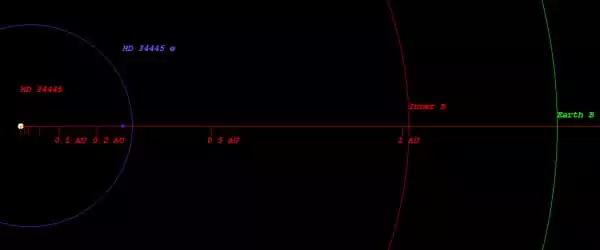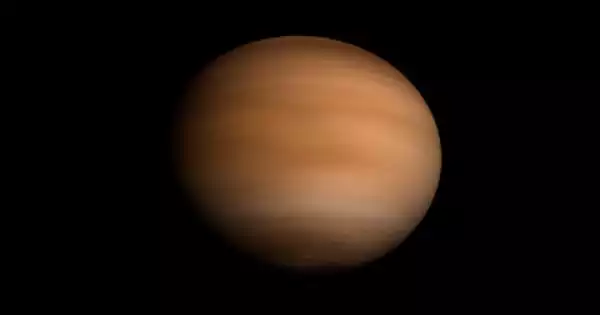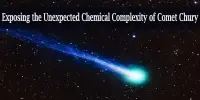HD 34445 e is an exoplanet that resembles Neptune and orbits a G-type star. HD 34445 e has a mass that is 16.822 times that of Earth. It has a mass of 16.8 Earths, takes 49.2 days to complete one orbit around its star, and is 0.2687 AU away from it. The radius is 4.260 times that of the Earth.
It was discovered in 2017 and was announced. It was discovered in 2017-11 by the Multiple Observatories observatory using the radial velocity method. Its semi-major axis is 0.27 astronomical units, whereas Earth’s is 1 astronomical unit.
HD 34445 e is an extrasolar planet (exoplanet) that orbits the star HD 34445 in the constellation Orion. An exoplanet is a planet that orbits a star other than the Sun. According to the most recent parallax data, the star is 151.56 light-years or 46.47 parsecs from Earth. The planet’s orbital period, or year, is 49.175 days or 0.13 Earth Years. By the time the Earth has completed a full year, it will have completed 7.42 orbits around its star.

At more than 10 Earth masses, HD 34445 e is an ice giant, a planet composed primarily of volatiles such as water, ammonia, and methane and surrounded by a dense hydrogen and helium atmosphere, similar to Uranus and Neptune in our solar system.
HD 34445 e is an exoplanet orbiting the star HD 34445, located about 151.7 light-years (46.5 pc) away from Solar System. The host star HD 34445 has an apparent magnitude of 7.3, with an absolute magnitude of 4.0. HD 34445 is a type G, Yellow Dwarf, Main Sequence star, located at a distance of 150.5 light-years from the Solar System. It has six confirmed planets: HD 34445 e, a Hot Neptune, HD 34445 d, a Hot Super Neptune, HD 34445 c, a Sub Saturn, HD 34445 f,a Super Neptune, HD 34445 b, a Super-Earth, (both f and b are in the habitable zone if they have any large moons they might harbor life), and HD 34445 g, a Super-Earth.
HD 34445 is a star in the equatorial constellation of Orion with multiple exoplanetary companions. It is a 7th magnitude star with an apparent visual magnitude of 7.31 that is too dim to be seen with the naked eye.
















